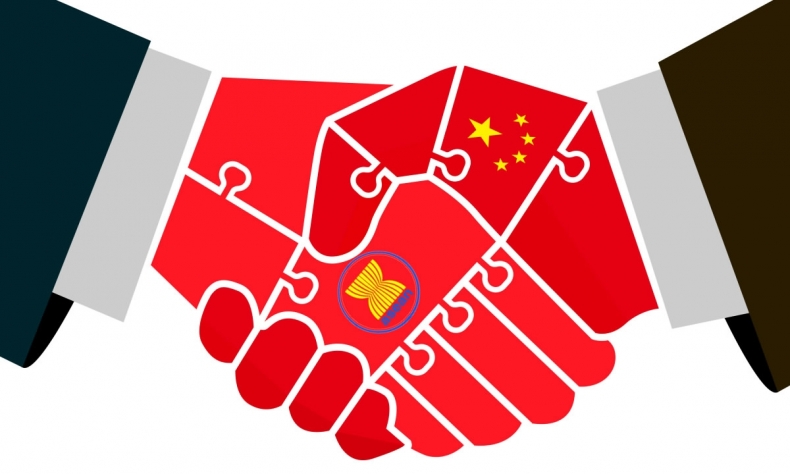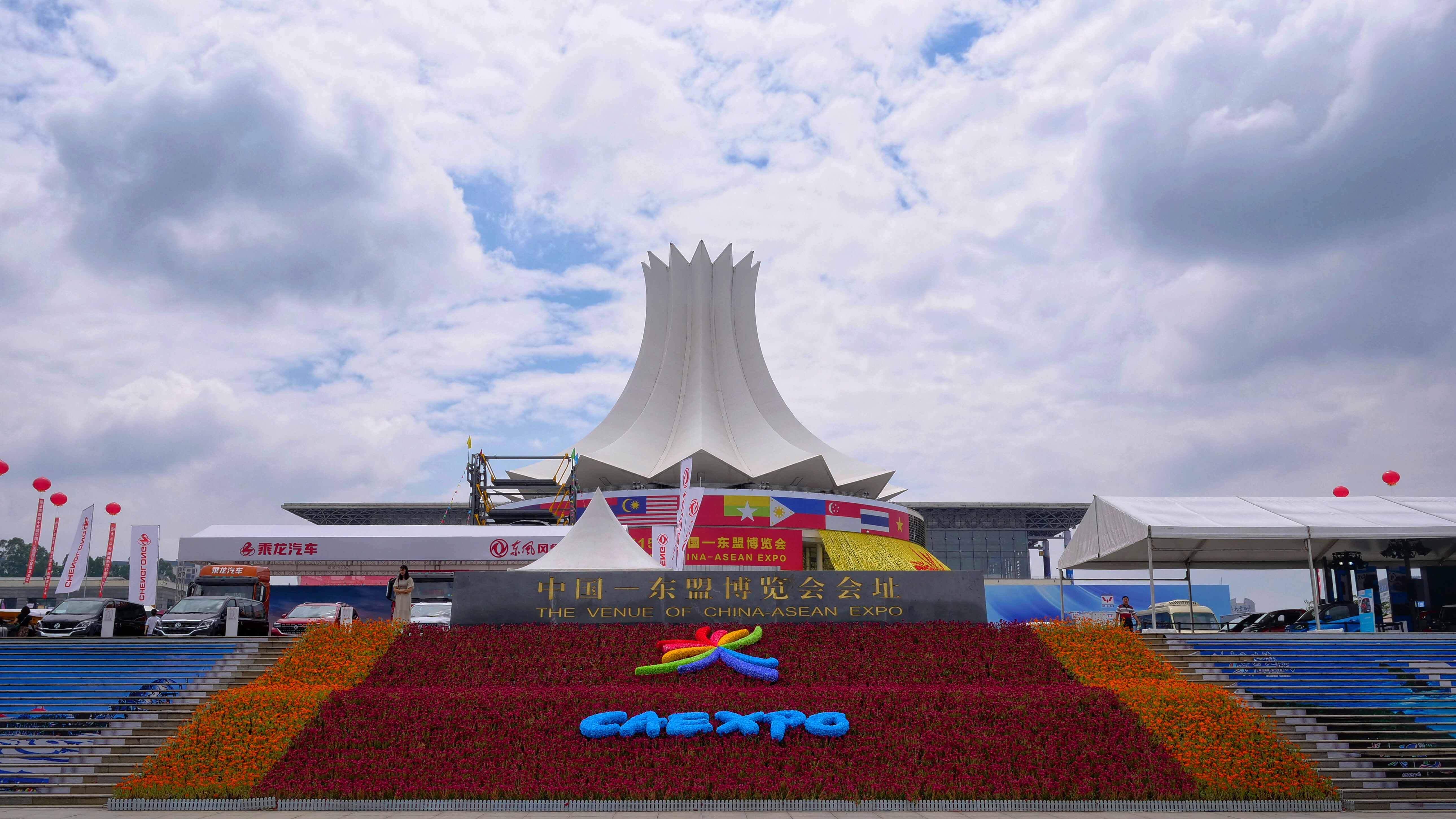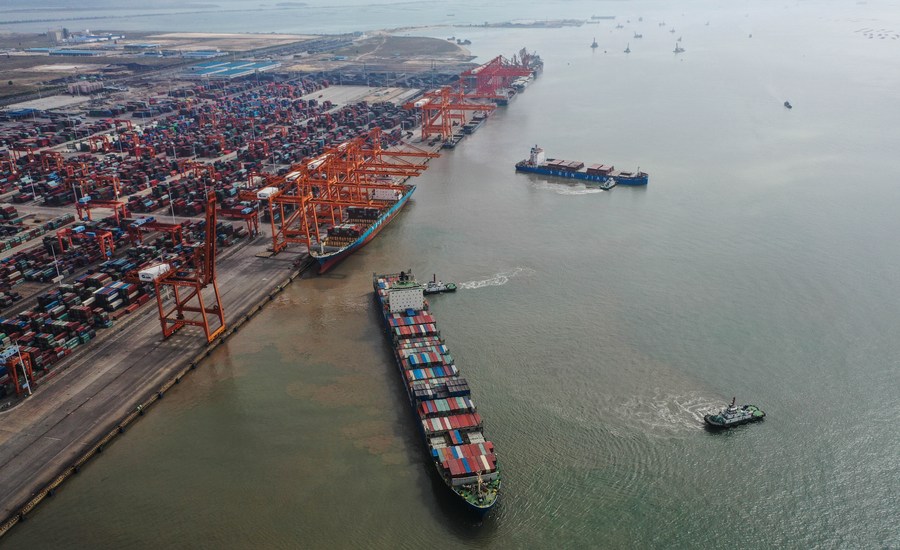The New Horizon of China-ASEAN Relations

Prior to the pandemic, China has aimed to set foot on the world as its market. After the pandemic, the world will aim to set foot on China as its market.
I started my career in Singapore financial industry since the late 1980s and went through the golden years of the early 1990s when Hong Kong and Singapore rose to become the global financial centres. Unfortunately, Asia sank into a financial crisis in 1997 and the whole South East Asia spiralled into a doldrum. That year, I witnessed the handover of Hong Kong from British hands to China and how the Chinese Central Government salvaged Hong Kong from the currency crisis. In December 2001, China was finally admitted into the World Trade Organization (WTO) through the wise and skilful diplomacy of Zhu Rongji, then Premier of China.
In the year 2000, China’s GDP stood at $1.211 Trillion (source: World Bank) and about 1/9 fraction of the U.S. economy. Through the years of my observation and study of China’s economy and social politics, the ethnic Chinese truly has a heart to embrace others and synergise a fusion for different cultures once the mutual relation is established. As China grows stronger into the years, this aptitude for diplomacy has brought many positive changes to many foreign-born Chinese too. In fact, Chinese descendants from all parts of the world have the tendency to show confidence and peaceful tolerance to other nations and ethnic races out of an excellent example set by the existing China’s policy. Perhaps, this has been in the blood of our Hans culture since the first Hans Dynasty was established 2000 years ago.
My first visit to China was in 2008. Back then, I was invited to deliver a market interpretation in Hangzhou for an investment seminar. Even till now, the 5-days visit to China was a very memorable and enjoyable experience through the ultimate hospitality of Xinhu Futures Company. Prior to that, all I had heard and saw about China was merely through reading media and TV documentaries, putting aside other true stories narrated by my grandparents when I was a child.
Since 2005, I have travelled extensively to fulfill my work commitment among 22 countries and delivered many consultancies works to investment symposiums and seminars. In every country, I have met people from the Chinese mainland and they have all become my friends on “WeChat”. From this observation, it again shows the powerful foreign diplomatic ties that China has established with so many nations in order to facilitate cross-border businesses among their citizens.
In 2013, I led a group of ASEAN entrepreneurs to CA-Expo in Guangxi Nanning city. In the same year, Chinese President Xi Jinping announced the Belt-Road Initiative (BRI) that aims to combine almost 70 countries through the construction of transport networks and logistic industries. Undeniably, this will heighten the massive economic growth on a coherent spectrum of tourisms, business collaboration, cultural exchanges, infrastructure buildings and reduced taxation among the myriad of many positive synergies. Though this grand plan may take three to five decades to reach completion, the combined economy is becoming one of the largest conglomerates globally and benefit all the participating nations.

Today, China has invented the 5G satellite technology amid many other innovations, which has brought a great evolution to mankind. Apart from this, the progress in using renewable energies and developing a brand-new green world is forthcoming and has shaved the limelight of fossil energies like crude oil and coal. From now on, the emergence of Electric Vehicles (EVs) will replace all combustive automobiles in not more than two decades. In our opinion, the collation of green vehicles, efficient transport networks, satellite technology, renewable energies, and BRI have created a blueprint of the world’s future while pulling in the native diaspora into a single business entity with massive financial liquidity.
According to World Bank, China’s GDP recorded at $14.723 and grew 2.3 percent in 2020. Last year, the impact of coronavirus was a very unexpected fiasco and shook the world entirely. This is a disastrous crisis that spares no country that acted recklessly or in arrogance. On the whole, the GDP sliced across the world and dented the progressive growth enjoyed by many countries over the last decade.
ASEAN is a conglomerate that comprises 10 countries with a 661-million population in 2020 (Source: statista.com). In 2018, the GDP stood at $3.17 Trillion but fell to $3.08 Trillion in 2020 due to the pandemic crisis. According to the official source, the GDP of ASEAN growth rate prior to coronavirus impact was 5.1 percent gains in 2018 (Source: OECD) and slid to -4.2 percent in 2020. In theory, the falling ratio of the growth rate is estimated at almost two times range.
European Union (EU) comprises 28 countries in 2018 with the U.K. still included. Prior to the pandemic crisis, EU GDP was reported at $15.963 Trillion in 2018 and fell to $15.193 Trillion in 2020 (excluding the UK at 27 countries) (Source: World Bank). Today, the population of EU nations is 447.7 million and actually smaller than ASEAN. A closer look at the GDP growth rate shows the gains at 2.108 percent in 2018 versus -6.217 percent in 2020 (Source: World Bank).
By comparison, we gather that the EU has a population less than ASEAN but carries a GDP about five times larger than ASEAN. Prior to the pandemic crisis, the investment of every single dollar into ASEAN countries is about five times return compared to two times ratio from EU, which is easily understood by comparing the GDP growth. That’s the reason why many European companies have relocated to ASEAN since the year 2010.

In post era of pandemic crisis, we expect more hot monies will pour into ASEAN countries for business investments if the China-ASEAN can consummate the economies harmoniously through the progression of BRI and RCEP development. Regional Comprehensive Economic Partnership (RCEP) is a free trade agreement that binds the 15 countries including China, 10 ASEAN members, Japan, South Korea, Australia, and New Zealand into a more efficient economic platform for conducting cross-border businesses among them. Among all these countries, we foresee that ASEAN countries could better benefit from the RCEP given their familiarity and existing business cultures already well blended among themselves and China.
While we analyse again that the EU population is about two-thirds of the ASEAN, it will be humongous to imagine if ASEAN rises into rapid growth and its average income per capita can reach the level of EU countries. For centuries, ASEAN and major parts of Asia have always lapsed in the development of high-tech innovations and modern technologies, which place us behind the European pace. If the 10 members of ASEAN work together on a wholesome body, targeting to uplift the middle-income class to 80 percent majority in of each country, this will shift the growth rate and GDP figure of the 10-member countries to a new paradigm.
Over the past two decades, China has successfully lifted more than 600 million of its population out of poverty. This is not just because it was admitted to enter WTO and became the factory of the world, the credit has to be based on excellent Chinese leadership, diplomacy, economic reforms, social progress and a strong framework of commercial law. Bundled with its cornerstone of technology innovations today, it may be a faster track for the ASEAN countries to transform their economy with the collaboration with China on a ready and massive consumer market rather than exploring a new light at the end of the tunnel.
Prior to the pandemic, China has aimed to set foot on the world as its market. After the pandemic, the world will aim to set foot on China as its market.
DAR Wong is a local-born Singaporean Chinese with family lineage originated from Meizhou, Guangdong Province of China. He serves his career in the financial industry for more than three decades and became the Vice-President of ASEAN-China Commerce Association since 2013. This is a non-profitable organization that facilitates the dual-way exploration of business entrepreneurs between China and ASEAN territories.
 Facebook
Facebook
 Twitter
Twitter
 Linkedin
Linkedin
 Google +
Google +










